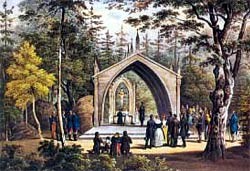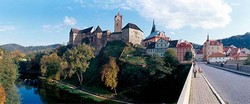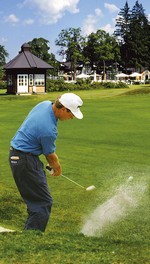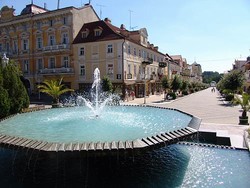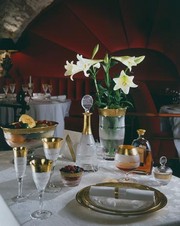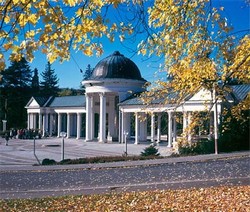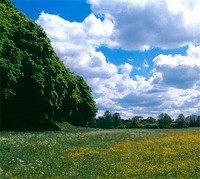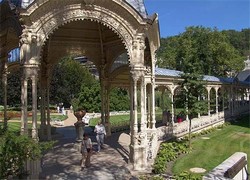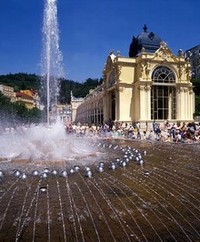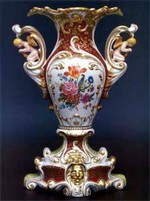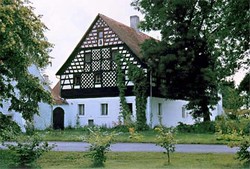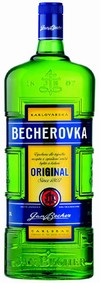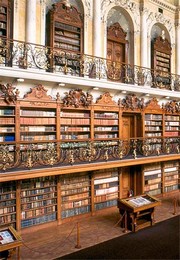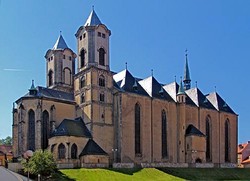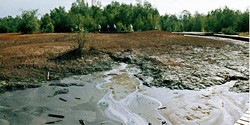Kladská peat bogs
On large plateaux of the Slavkovský les Forest above Mariánské Lázně, we will find a landscape of exceptional beauty with waterlogged meadows and swamps, lakes and ponds. In the wet unforested moorland, where moors have such names as Taiga, Five-Pointer (Paterák), Bold Head (Lysina) and Small Peatland (Malé Rašeliniště), only scarce trees are growing – mountain and bog pines and on drier meadows lonely Carpathians birches looking like feeble old women…

